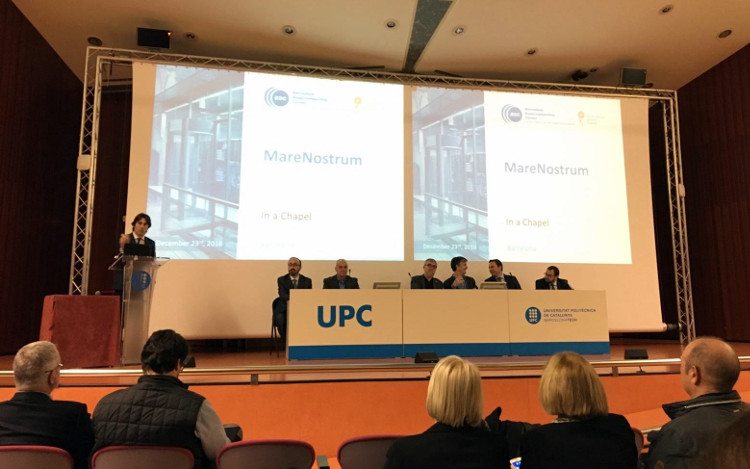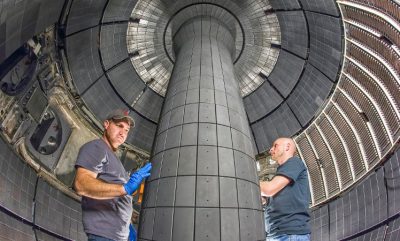
Researchers at the National Institute of Fusion Science (NIFS) succeeded for the first time in the world in conducting a micro-level simulation of a plasma blob in the “edge region” of the plasma. This simulation ran on the Plasma Simulator supercomputer, which is dedicated exclusively to plasma and fusion science use.





